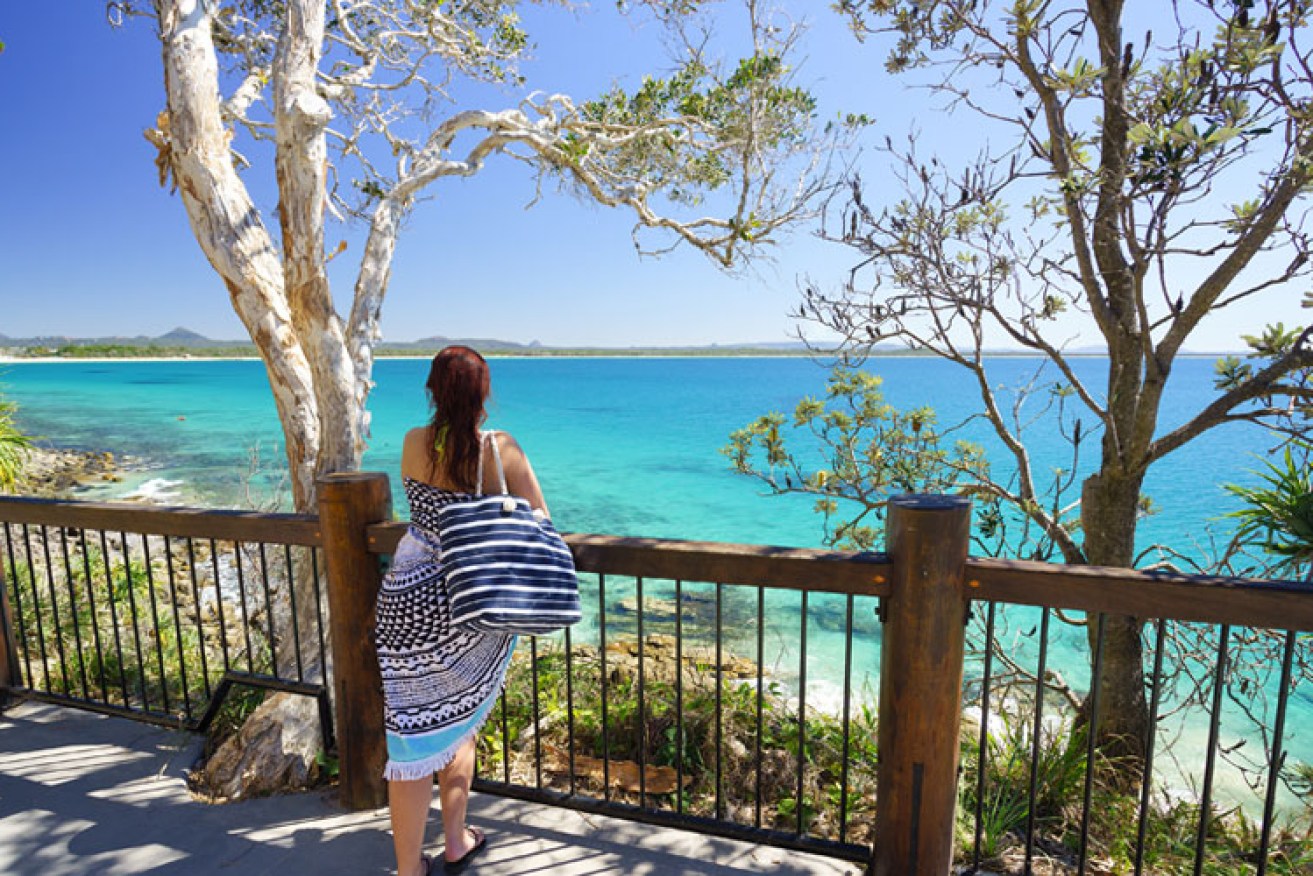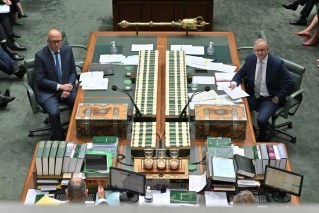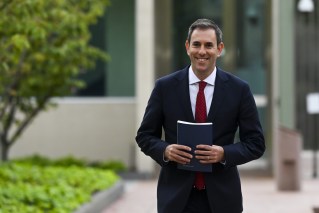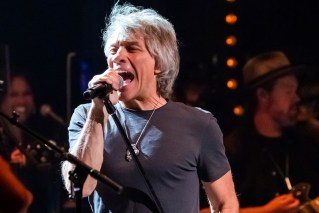Loved to death: A million reasons for new limits on Noosa’s National Park
The patch of nature at one of Queensland’s most exclusive destinations may have become too popular.

A new environmental may restrict access to Noosa's popular National Park (Photo Littlecove)l
The Department of Environment and Science has prepared a draft management plan for the Noosa area to protect plants and animals, while allowing for continued public use, and respecting the wishes of the Kabi Kabi First Nations people.
At the centre of the draft plan is Noosa National Park, the most heavily used national park in south-east Queensland, attracting more than one million visitors every year. There are concerns it is becoming too crowded at certain times, and in particular areas, and that social media influencers are encouraging dangerous and damaging behaviour.
Under the draft plan, there would be continued monitoring and some changes to ensure the sustainability of the coastal heath (a known ground parrot habitat), cyperaceae swamp, coastal woodlands, vine forest, and rocky headlands. This would include better bushfire management – potentially including traditional methods of fire mitigation – and weed and pest control.
But perhaps the biggest challenge is how to contain the growth in visitors, from local surfers, bushwalkers and joggers to tourists, social media influencers and illegal campers.
The draft plan refers to “conflict between user groups” compromising not only the experience but potentially public safety at some places, particularly on the Noosa Headland.
“Crowding is intensive during peak periods (such as school holidays) and can also lead to track widening, diverting and short cutting,” the draft plan states.
“Increasing use of the area by visitors, including commercial operators’ use of day-use areas and the coastal track, has potential to impact on the current iconic visitor experience.”
There is also the issue of “visitors promoting inappropriate activities or experiences on social media, including publicising sites that are sensitive to visitor impacts and creating informal access tracks impacting on sensitive environments and visual quality”.
Even helicopter and light aircraft tours risk having an unwanted impact, and the draft plan notes the air space restrictions meant to maintain the peace in the area.
As a result, the draft plan calls for visitor numbers to be sustainably managed, and restrictions imposed on rock pools and rocky headlands, through barriers and better education of visitors and tourist organisations. Park rangers would also become more vigilant to ensure compliance with the rules, and respond more rapidly to any emerging threats.
The draft plan also incorporates Noosa Conservation Park, Weyba Creek Conservation Park, Keyser Island Conservation Park and Noosa Resources Reserve.
“Uncontrolled access and illegal camping are occurring in the park areas surrounding Lake Weyba, resulting in littering and degradation of the vegetation,” it states.
“Much of the East Weyba and Peregian sections of the park were previously used as a military artillery range. These areas contain dangerous unexploded ordnance such as artillery and mortar shells and have been designated contaminated land.”
While the Kabi Kabi people do not have an indigenous land use agreement over the Noosa area, they have an Native Title claim, and the government has actively sought to respect the rights of traditional owners at various other National Parks and tourist sites.
Consultation on the draft plan ends on July 25.








